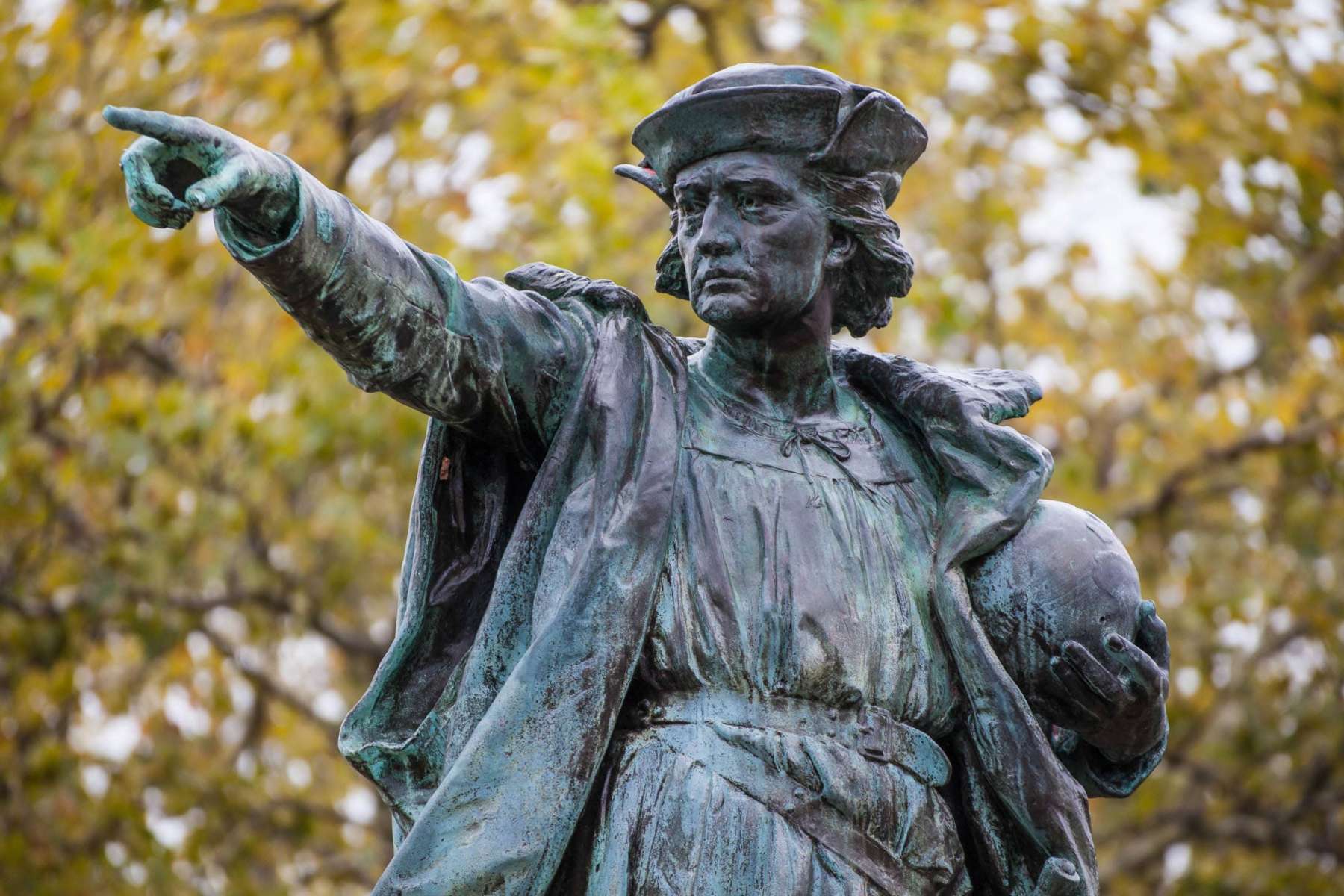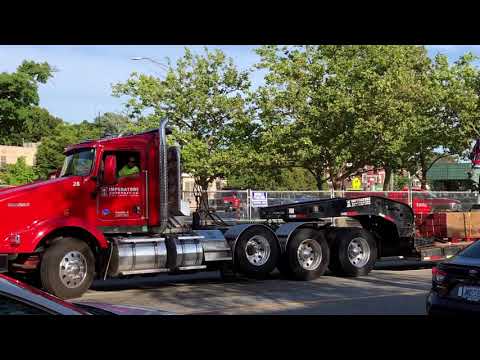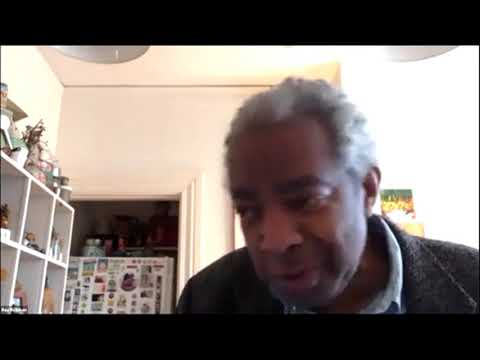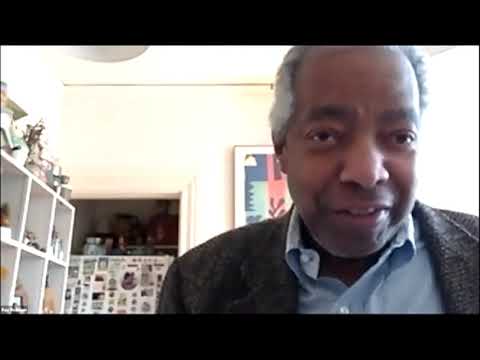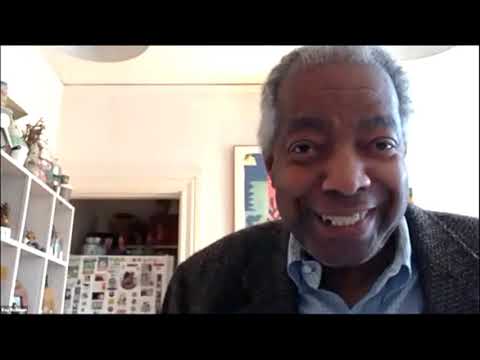Commemorative Works Committee recommends permanent removal of Columbus statue
“The Bertholdi Columbus statue was gifted to Providence in 1893 and has become the subject of a great amount of controversy as the actions and legacy of the historical Columbus have been re-evaluated.”
February 16, 2021, 9:27 pm
By Uprise RI Staff
On Friday the City of Providence’s Special Committee for Commemorative Works voted to recommend to the Providence City Council that “the Bertholdi Columbus statue be removed from Columbus Square permanently,” that “its monetary value be appraised by a professional appraiser” and, “if and when the statue is sold, that the funds from its sale be devoted to amenities and beautification of Columbus Square/Reservoir Triangle.”
The five member committee is chair by Ray Rickman and includes April H Brown, Marco A McWilliams, Dr Erik B Christiansen and Rebecca Davis as members.
The Bertholdi Columbus statue was gifted to Providence in 1893 and has become the subject of a great amount of controversy as the actions and legacy of the historical Columbus have been re-evaluated. Columbus is now recognized as a cruel exploiter of the Taino people in America, responsible for the crimes of rape, genocide, slavery, murder and more atrocities during his adventures, and not the “man who discovered America.”
Activists in recent years have repeatedly vandalized the statue with red paint, and last year the City of Providence began dispatching police officers to watch the statue. Eventually, Providence Mayor Jorge Elorza ordered the statue removed, pending a decision as to what to do with the statue by the Special Committee for Commemorative Works. As the statue was lifted onto a flatbed truck, the crowd cheered. The statue is in storage and remains in good condition.
During the two hour discussion about the statue, the Committee received a wide range of opinions and ideas about the statue and about what should happen to the statue. Some wanted to keep the statue where it was, despite the costs of protecting the statue from vandalism. Many more people wanted the statue to stay permanently removed. Some tried to suggest a compromise that would allow the statue to stay, but have signage or some other display added that would properly contextualize the historical crimes of Columbus.
The value of the statue was also discussed. The sculptor, Frédéric Auguste Bartholdi, was the sculptor of the Statue of Liberty, and the Columbus statue is a one of a kind masterpiece, despite its subject matter. The exact value of the statue has yet to be determined.
The fate of the statue is far from determined. The Committee’s recommendations now go to the Providence Parks Commission for further action. [Note: the original version of this story said that the statue’s fate would be determined by the Providence City Council. That has been corrected.]
Here’s the video:
Below is Providence City Archivist Caleb Horton‘s Report on the history of the Bartholdi Columbus statue. It was part of a raft of historical documents presented in the agenda, linked here.
See also:
- PVD Parks Commission discusses Columbus statue
- Special Committee for the Review of Commemorative Works begins its work
- Providence Christopher Columbus statue removed
- ACLU blasts PVD Police Department over charges filed against alleged Columbus statue vandals
- Quit the faux outrage: The Columbus statue is fine, and City Councilor Kerwin is right
- Columbus statue splattered with red paint
- Let’s face it: Christopher Columbus was a monster
City Archivist’s Report: Bartholdi’s Columbus Statue
In 1893, the original Columbus statue was unveiled at the World’s Columbian Exposition in Chicago. Designed by Frédéric Auguste Bartholdi, the famed French sculptor of the Statue of Liberty, the Columbus sculpture was shipped across the Atlantic and cast from 30,000 ounces of sterling silver at the Gorham plant once situated by Mashapaug Pond in Providence, Rhode Island. [Ronald J Onorato, “National Register of Historic Places Registration Form – Columbus,” National Park Service, 1999] The company wanted to present a piece at the exposition that would catch its spectators’ eyes and demonstrate its casting and design skills. It was no coincidence that Christopher Columbus was the chosen subject for its showpiece.
Despite the fact that it opened May 1, 1893, and closed October 30, 1893, the Columbian Exposition celebrated the 400th anniversary of Columbus’ arrival in America in 1492. [Ibid.] For the most part it showcased themes in American technological and cultural development.
The nations of the world also shared their contributions to human civilization. Hosting the exposition was an opportunity for the United States to promote American society and progress during the midst of a significant sea change in the nation’s history. It coincided with the nation’s Gilded Age, its “taming of the west,” and the opening of a new frontier for imperial “Manifest Destiny” on an international stage. Controversy arose at the exposition over racist depictions and celebratory themes there that depicted its many Native performers as showpieces and trophies. [Melissa Rinehart, “To Hell with the Wigs! Native American Representation and Resistance at the World’s Columbian Exposition,” The American Indian Quarterly , Vol. 36, No. 4 (2012), 405.] African Americans were barred from participation and faced discrimination too.
Frederick Douglass coauthored a pamphlet titled “The Reason Why the Colored American Is Not in the World’s Columbian Exposition at the Fair” in protest. The exposition did feature one day for African Americans designated as American Colored Day, in which Douglass was invited and spoke of the “Negro problem” in America. [For more information, please see: Rudwick, Elliott M., and August Meier. “Black Man in the “White City“: Negroes and the Columbian Exposition, 1893.” Phylon (1960-) 26, no. 4 (1965): 354-61.]
On October 3, 1893, the Columbus statue was recast in bronze by the Gorham Manufacturing Company from the original Bartholdi sculpture. The piece was never intended to be permanent. It was an advertisement for the exposition. It was too impractical to keep such an expensive and fragile work otherwise, and eventually it was melted down to be repurposed for silverware and other production line products. However, the silver-cast sculpture was displayed briefly at Providence City Hall in December 1893 after the exposition. [“In the City Hall. Visitors to See The Silver Statue of Columbus Began to Arrive Yesterday — It May Be Exhibited Evenings.,” The Providence Daily Journal (Providence), December 15, 1893.; “Joint Resolution of the City Council No. 714: Accepting the offer of the Gorham Manufaturing ompant to Exhibit in the City Hall their Silver Statue of Columbus.” Providence City Archives City Council Final Papers Collection, 1893.] Several people were allowed to witness the casting at the invitation of the company. Part of the impetus for the recast may have been Bartholdi’s visit to Newport during that year, but it is not substantiated as to whether he collaborated in the recasting. [Onorato, “National Register of Historic Places” – Columbus.] Around 1,600 pounds of molten bronze were poured to manufacture the piece. [“Columbus in Bronze. The Bartholdi Statue Placed in Position in Elmwood Park. Appropriate Exercises at the Unveiling,” The Providence Daily Journal (Providence), November 9, 1893.]
Gorham intended to present the statue to “the city of Providence as a memorial of the Columbian year and celebration, and the successful issue of the magnificent silver statue which brought fame to the city as well as the silversmiths” but the City of Providence needed to consider its options before accepting the acquisition. [Ibid.] The Providence City Council had passed a resolution in June of 1893 to consider the Dexter Training Field as a permanent home for the monument in a Joint Special Committee. [Resolutions of the Providence City Council 1893 (Providence, RI: J.A. & R A. Reid, City Printers, 1893), 509-510.] However, the Elmwood Association, a civic group from the residential neighborhood near the Gorham plant, took the initiative. Having already raised funds for the statue’s purchase, they proposed to place the figure between Reservoir and Elmwood Avenue. The city considered the Elmwood Association’s plan under the conditions that the association “guarantee of a sufficient amount to assure the bronze statue for the city.” The association agreed and gifted the statue to the city to place it in their proposed location. A Mr Joseph J Cook, the first contributor to the subscription fund and “most earnest advocates of the Elmwood plan,” presented to the city plans for a park [The site of the statue was originally deeded to the Town of Cranston by Joseph Cooke on May 24, 1824. It is possible that Joeseph J Cooke, the man who presented the park plan, is the same person, although he would had been very elderly in 1893. It could possibly be his son. More research is required on this. The Town of Cranston deeded it to Providence in 1868 during annexation and made into Columbus Park 1893. Financial Report of the City of Providence, Rhode Island, Parts 29-164, Providence (R.I.) Office of City Controller. 1917, 132. Providence City Archives Collections.] to hold the statue and naming it “Columbus Square.” [Columbus in Bronze. Reproduction of the Famous Silver Statue Now at the World’s Fair,” The Providence Daily Journal (Providence), November 9, 1893.; and Third Annual Report of the Park Commissioners, Providence, RI, Providence (RI.I), Office of the Park Commissioners. 1893, 5. Providence City Archives Collections.] The unveiling ceremony began on November 8, 1893. A procession formed at the Elmwood Clubhouse at the corner of Burnett Street and Elmwood Ave. “under the escort of Reeves’s American Band [David Wallis Reeves (February 14, 1838 – March 8, 1900), was the leader of a relatively famous American marching band from Providence, Rhode Island, during the late 19th century. For more information, please see: Providence Public Library Special Collections 026-02 David Wallis Reeves’ American Band Collection 1857-1968.] and a chorus of over 300 children” from the Elmwood Grammar and Point Street School. A platoon of police from the 7th Station, belonging to a precinct from the neighborhood, also participated in the march.
The procession stopped at Reservoir Avenue’s junction, and a representative from Gorham Manufacturing and Professor Alonzo Williams [Alonzo Williams, Brown University Professor from 1876 – 1901, taught classes in modern languages. In 1892, he became Professor of Germanic Languages and Literatures. For more biographical information, please see: Brown University Portrait Collection, accessed January 25, 2021, https://library.brown.edu/cds/portraits/display.php?idno=112).] presented the piece to Mayor William Knight Potter. [William Knight Potter (December 27, 1844 – August 13, 1914) was Providence’s 17th mayor (1892-1894). Although a career politician and partner in A.B. Rice & Company (lumber dealer), his father, Arthur M Potter, was a jewelry manufacturer. Mayor Potter would have been familiar, if not appreciative of the Columbus statue he accepted on behalf of the city from Gorham (biographical information courtesy of the Providence City Archives).] He graciously accepted it on behalf of the City at 2:30 pm. Soon followed the musical composition “Columbus” [“Dedication of the Bartholdi statue of Columbus” (1893). Rider Broadsides. Brown Digital Repository. Brown University Library. https://repository.library.brown.edu/studio/item/bdr:318514/] sung by the school children, and an oration by Reverend H.W. Rugg, [Henry Warren Rugg was an ordained Universalist minister, Master Freemason, and author. For more information, please see: Rugg, Henry Warren, 21st Grand Master of the Grand Encampment. Accessed January 26, 2021. http://www.knightstemplar.org/pgeo/mepgm/21.html.] exclaiming:
“We may congratulate ourselves, I think, and the community as well, on the erection of this beautiful statue, which is to stand here at this parting of the ways. We may rejoice the public spirit of the residents of Elmwood, as signified by their procuring the memorial here placed. We may be glad and grateful also that this Columbus statue is a home production.” [“Columbus in Bronze. The Bartholdi Statue Placed in Position in Elmwood Park. Appropriate Exercises at the Unveiling,” The Providence Daily Journal (Providence), November 9, 1893.]
This was followed by a lengthy oration on the merits of art in public spaces that remind the public of historical figures who “merited the honor paid [to] them,” and concluded that the statue “stands on this conspicuous site to be a witness of things that uplift and clear the hearts of men, and to be an inspiring object lesson for years to come,” [Ibid.] the oration concluded with a singing of “America” and “My Country, ‘Tis of Thee” by all attending. Among some of the participants were Governor D Russell Brown, former Rhode Island governors Royal Chapin Taft Sr and John William Davis, as well as government officials from the City of Providence and representatives from Gorham. During the evening, “there was a general illumination of the residences in Elmwood, and there was a [copious] display of flags, lanterns and red fire.” [Ibid.]
Since its removal in June 2020, the Columbus statue remains in good condition. It once stood on its pedestal a total of six-foot-eight inches tall, which remains at Columbus Park.
According to the Providence Parks Department, the figure is stored for safe-keeping. Its value remains to be officially appraised. A brief literal description would describe the figure’s pose as Columbus on Santa Maria‘s bow, with his arm and index finger extended, metaphorically pointing to the New World. At the figure’s right side, a rope anchor is coiled by his foot, emphasizing his nautical and exploratory prowess. The figure’s base comprises Westerly, Rhode Island, granite with the numerals “1492” on its right side and “1893” on its left. The park where the statue had stood remains named Columbus Square, but the landscape there has changed both demographically, and in terms of its physical characteristics. In October 2001, the statue was officially recorded in the National Register of Historic Places. The report accompanying its recording states that “[w]hile the Columbus retains integrity of location, its setting has changed over time. The significance of the work is not dependent upon its setting but is encompassed with the object itself.” [Onorato, “National Register of Historic Places” – Columbus, 8.]
This representative piece of Christopher Columbus, displayed in the public square, is steeped in controversy. This will be communicated in additional supplementary material alongside this briefing. 128 years after its fabrication, the arguments the statue invokes today are no different than those expressed by the participants and the marginalized spectators at the World’s Columbian Exposition. That said, this commemorative work does embody an element of enduring historical value to the standards of the resources provided in this report: beginning with its connection with the residents of Elmwood of the late 19th century and as a masterwork by artist Bartholdi. It also remains a testament to the highly skilled metallurgy produced during the apex of Gorham Manufacturing Company during the height of Providence’s famed Jewelry industry era at the turn of the 20th century, a period that marked the city’s place in history as the largest industrial metropolis in the United States per-capita and boasted with the “five industrial wonders of the world.” [By 1900 Providence ranked among the largest industrial centers in the country. The five industrial mights that put Providence on the proverbial “map” were Brown and Sharpe; Nicholson File; Corliss Steam Engine Company; American Screw Company; and Gorham Manufacturing Company. For more information, please see: Patrick T. Conley, Dr. and Paul R. Campbell, Providence: A Pictorial History (Norfolk, VA: Donning Company/Publishers, 1982), 100.]
Here’s the rest of the video from the Committee meeting, which did not involve discussions of the Columbus statue.



